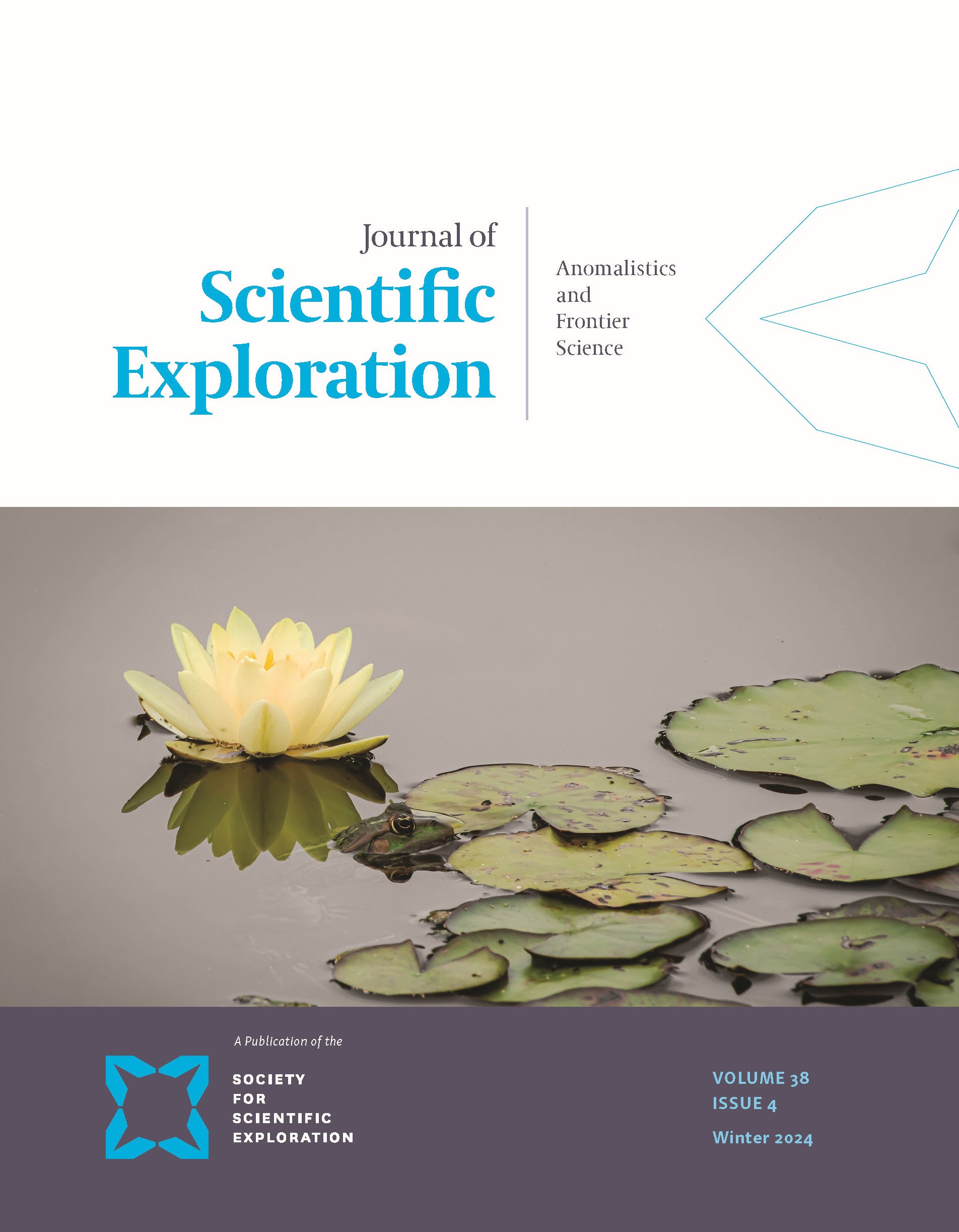Abstract
During their evolutionary transition from apes, Homo sapiens developed the capacity to create mental worlds. While conferring a selective advantage and leading to wondrous intellectual achievements and transformative technologies, this capacity set humankind on a historical trajectory that is approaching the potential for its extinction. The genetic and anatomical basis of humankind’s unique mental capacities is unclear. However, the perinatal regression of Reissner’s fiber (RF) in humans, an enigmatic, strategically located filament originating from the center of the brain, is a likely factor.This study explores the hypothesis that the originators and transmitters of religious mystical traditions were rare individuals whose RFs persisted into adulthood. They perceived the fiber with its surrounding sensory neurons and experienced higher states of consciousness generated by it. Those perceptions have been transmitted in prescientific, mythological, symbolic language as the “subtle body,” the supposed intermediary connection between humans and the divine, bridging the gap between materiality and immateriality, and expanding consciousness beyond the limits of reason. Ultimately, this connection is the purported means of redemption. The secrets of mystical religious traditions are lost under the dust of fallen Babel. However, the identification of RF with the central axis of the “subtle body” presents a path toward their rediscovery. Emerging biotechnologies offer the potential to reverse RFs perinatal regression. Advanced technologies, such as real-time neurofeedback using quantum models, present exciting opportunities for the scientific study of consciousness and have the potential to revolutionize our understanding of spirituality and reality.

This work is licensed under a Creative Commons Attribution-NonCommercial 4.0 International License.
Copyright (c) 2024 both author and journal hold copyright

